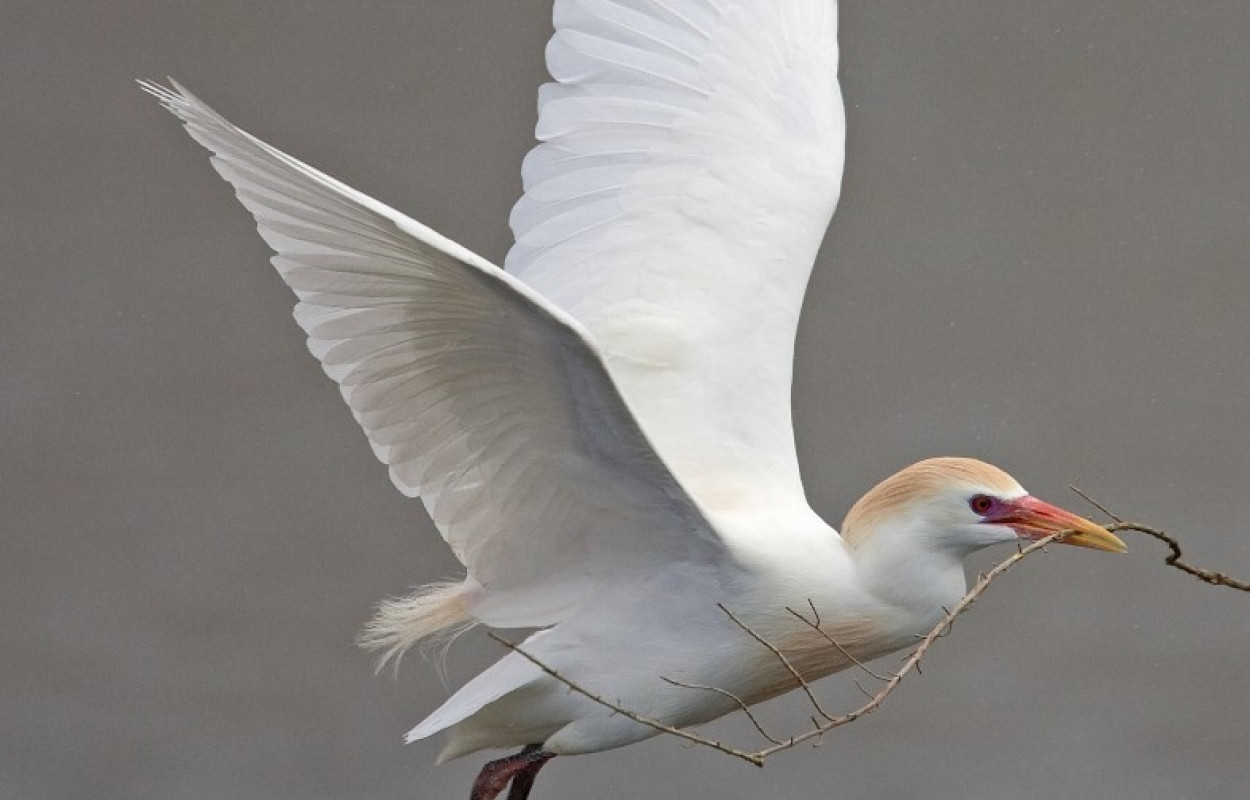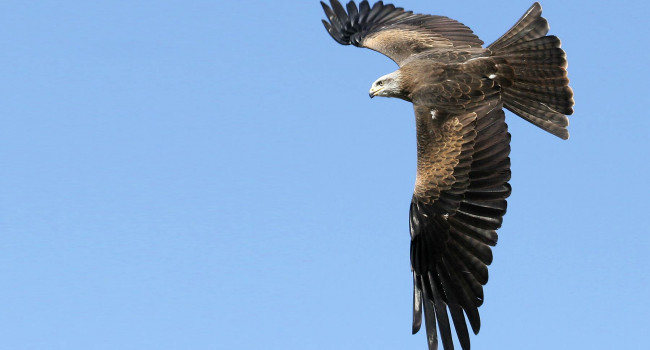The future distribution of wetland birds breeding in Europe validated against observed changes in distribution

Author(s): Soultan, A., Pavón-Jordán, D., Bradter, U., Sandercock, B., Hochachka, W., Johnston, A., Brommer, J., Gaget, E., Keller, V., Knaus, P., Aghababyan, K., Maxhuni, Q., Vintchevski, A., Nagy, K., Raudonikis, L., Balmer, D., Noble, D., Leitão, D., Øien, I.J., Shimmings, P., Sultanov, E., Caffrey, B., Boyla, D., Radišić, Lindström, Å., Velevski, M., Pladevall, C., Brotons, L., Karel, Š., Rajković, D.Z., Chodkiewicz, T., Wilk, T.,. Tibor, S., van Turnhout, C., Foppen, R., Burfield, I., Vikstrøm, T., Mazal, V.D., Eaton, M., Vorisek, P., Lehikoinen, A., Herrando, S., Kuzmenko, T., Bauer, H-G., Kalyakin, M., Voltzit, O., Sjeničić, J. & Pärt, T.
Published: January 2022
Journal: Environmental Research Letters
Digital Identifier No. (DOI): 10.1088/1748-9326/ac4ebe
Abstract
Notes
We are very grateful to European Bird Census Council (EBCC) and all its contributors and GBIF for providing, curating, and making publicly available occurrence data from the EBBA1. We also acknowledge people and institutions that make public all the environmental data that we used in this research. Thanks to EBBA2 contributors for providing us with their recently published data. We also acknowledge the Scientific Project of the State Order of the Government of Russian Federation to Lomonosov Moscow State University No. 121032300105-0 for participating in EBBA2 data. Our research was funded through the 2017–2018 Belmont Forum and BiodivERsA joint call for research proposals, under the BiodivScen ERA ‐ Net COFUND program, with the following funding organizations: the Academy of Finland (Univ. Turku: 326327, Univ. Helsinki: 326338), the Swedish Research Council (Swedish Univ. Agric. Sci: 2018–02440, Lund Univ.: 2018–02441), the Research Council of Norway (Norwegian Instit. for Nature Res., 295767), and the National Science Foundation (Cornell Univ., ICER-1927646), and we also acknowledge the Swedish Environmental Protection Agency.








Share this page